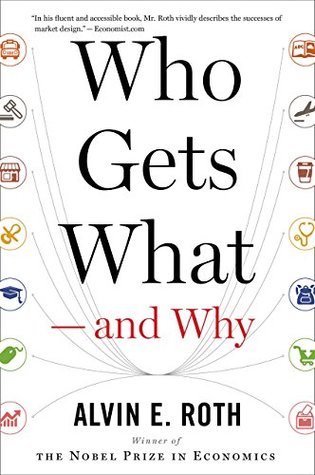More on this book
Community
Kindle Notes & Highlights
Read between
July 4 - July 5, 2016
A market involves matching whenever price isn’t the only determinant of who gets what.
When feedback on eBay wasn’t anonymous, a dissatisfied buyer who did other buyers a service by making his dissatisfaction known ran the risk of retaliation from the seller. Particular buyers and sellers may have been benefiting (or, in some cases, punishing) each other by giving reciprocal feedback, but they hurt the market as a whole by limiting the supply of accurate information.
Gale and Shapley called their version the deferred acceptance algorithm, and it eventually became the most important strain of the Penicillium mold for fixing failed matching markets—not least because they recognized that it always produces a stable matching, at least for markets without too many complications, such as couples who need two jobs in the same city.
So why doesn’t the restaurant raise its prices and eliminate the line? That is, why does it forgo some immediate extra revenue that higher prices could bring? Because that long line sends a signal that the restaurant across the street with empty tables can’t easily mimic—that is, a lot of people think this is a good restaurant, worth waiting for, and if you haven’t tried it, maybe you should get at the end of the line instead of going across the street.
“Probably nothing has done so much harm to the liberal cause as the wooden insistence of some liberals on certain rules of thumb, above all the principle of laissez faire.”
Indeed, as we’ve seen, the operating systems of computers and smartphones are themselves marketplaces of a sort. What makes those artificial languages—and other marketplaces—different from natural languages is that they have proprietors and groups of influential users who can coordinate to make needed design changes.
Markets are human artifacts, not natural phenomena. Market design gives us a chance to maintain and improve some of humanity’s most ancient, essential inventions.


